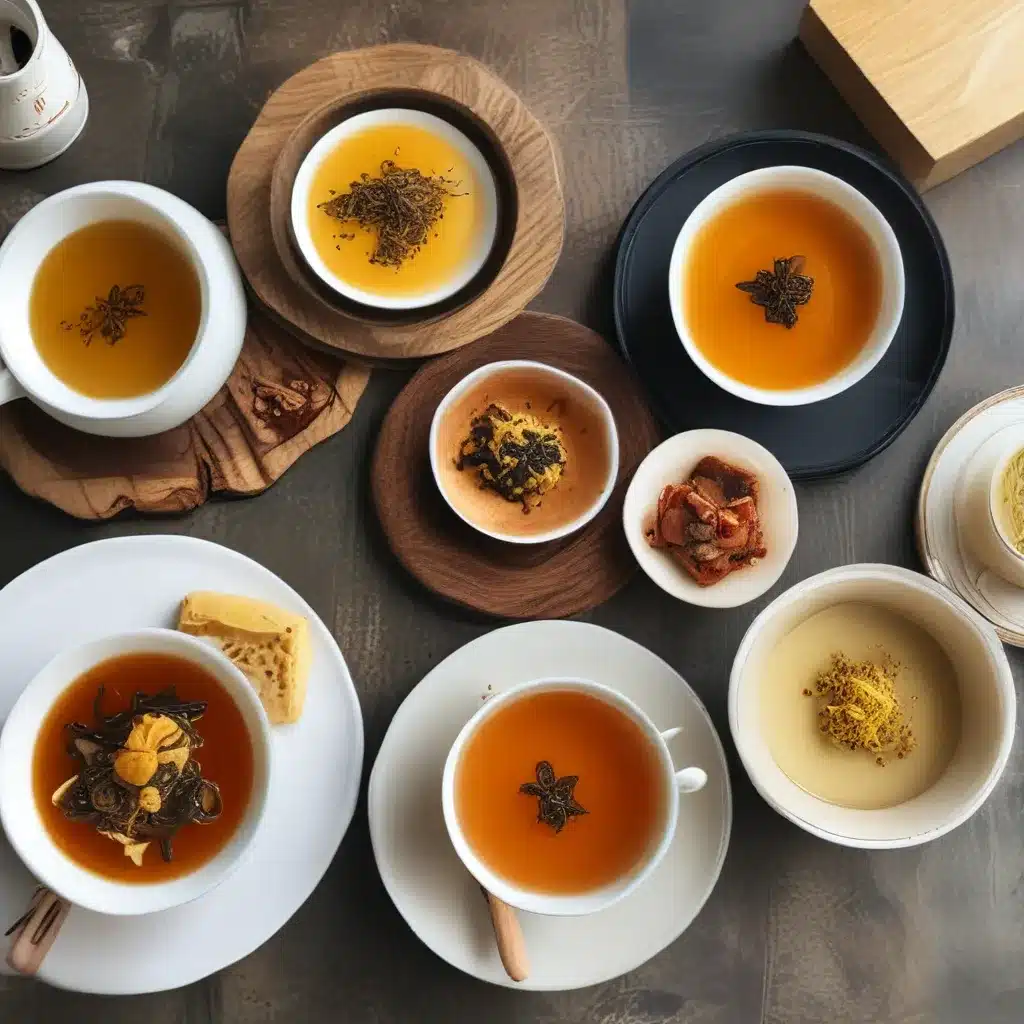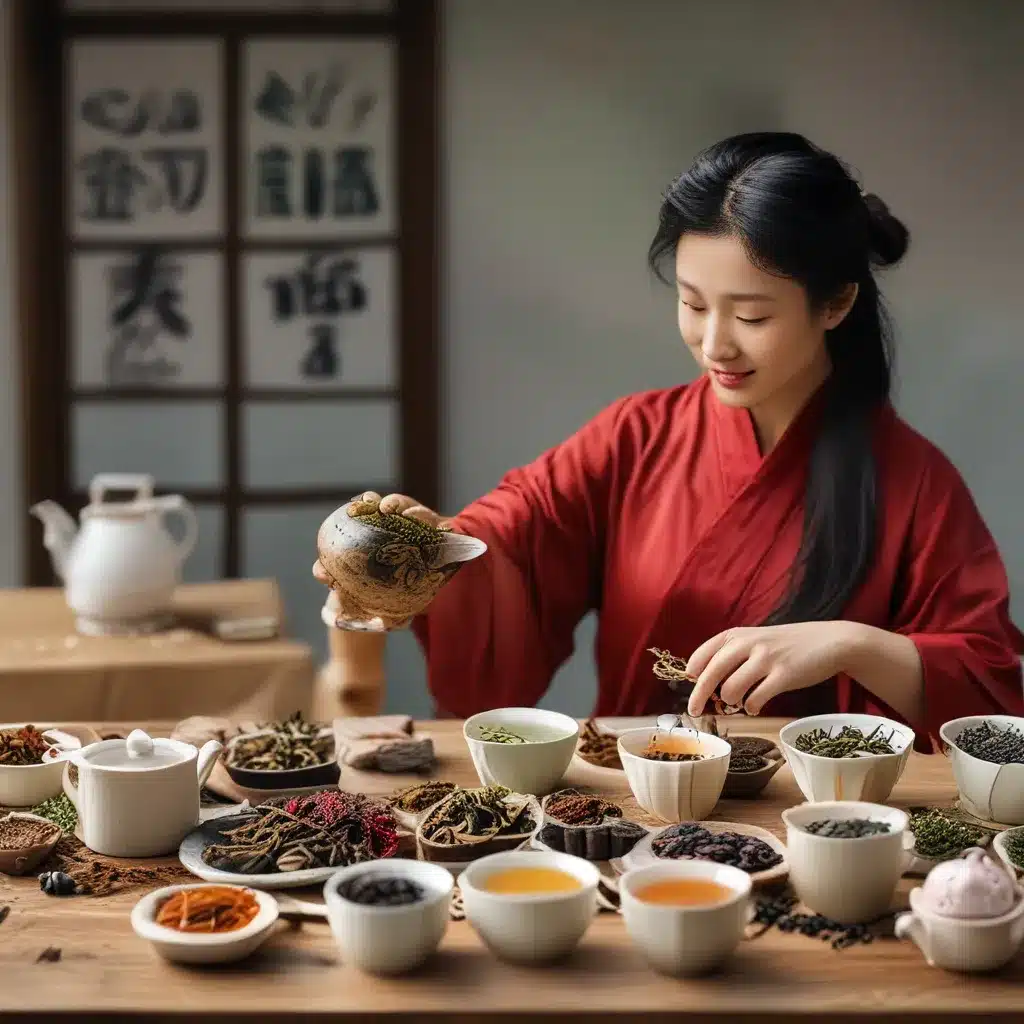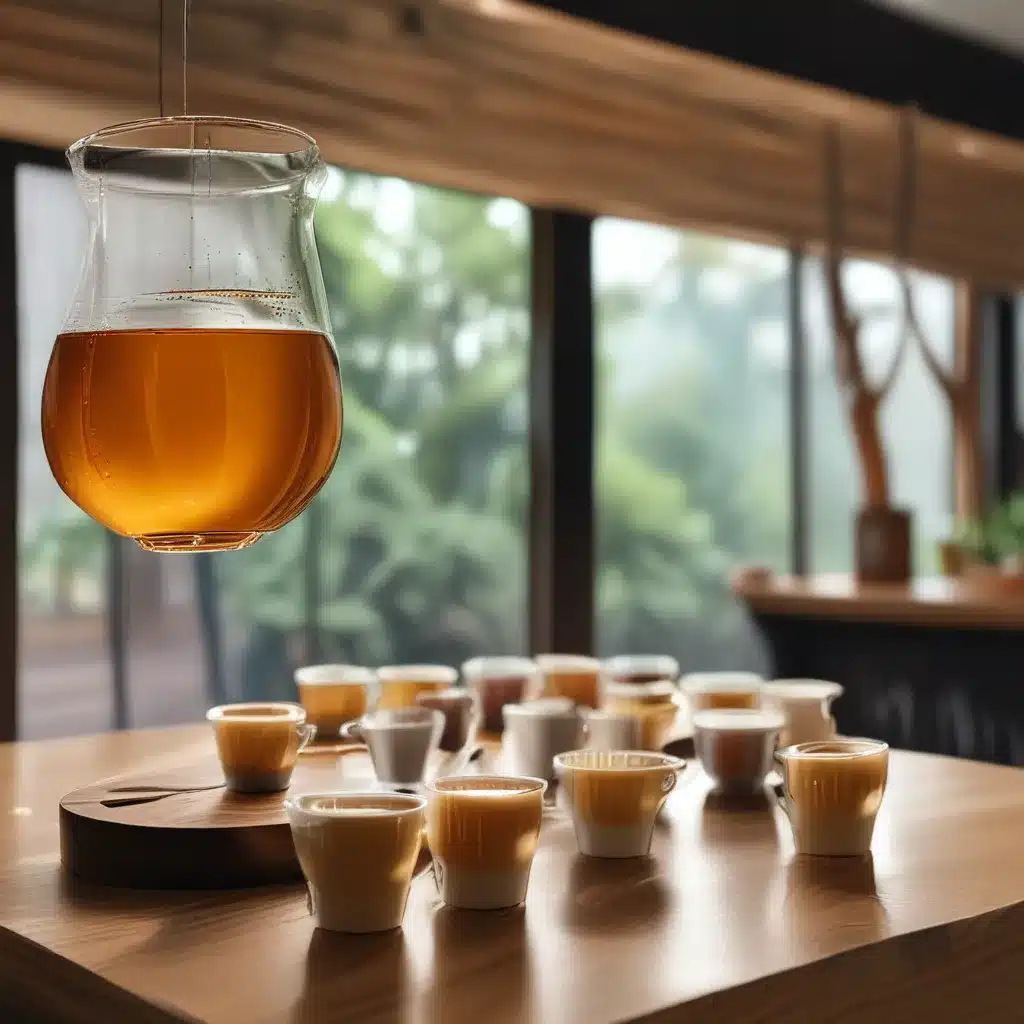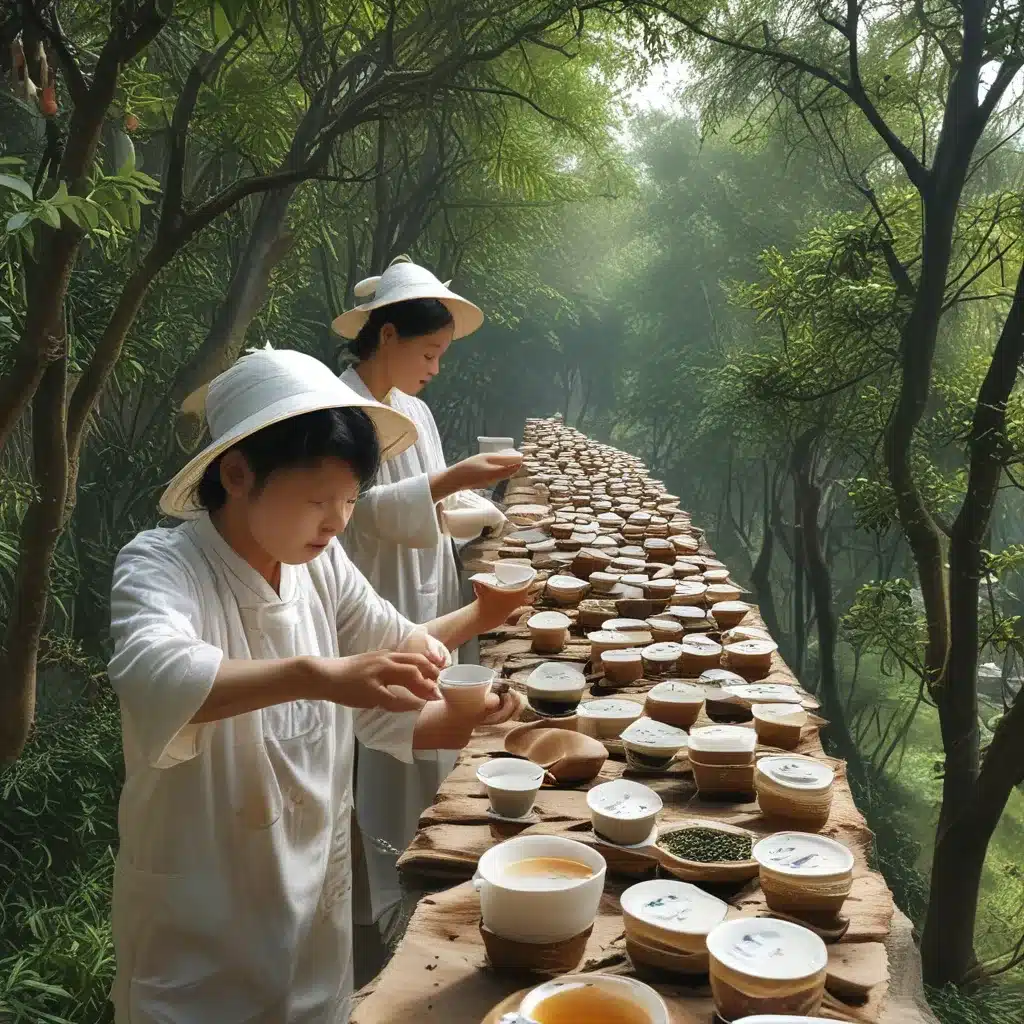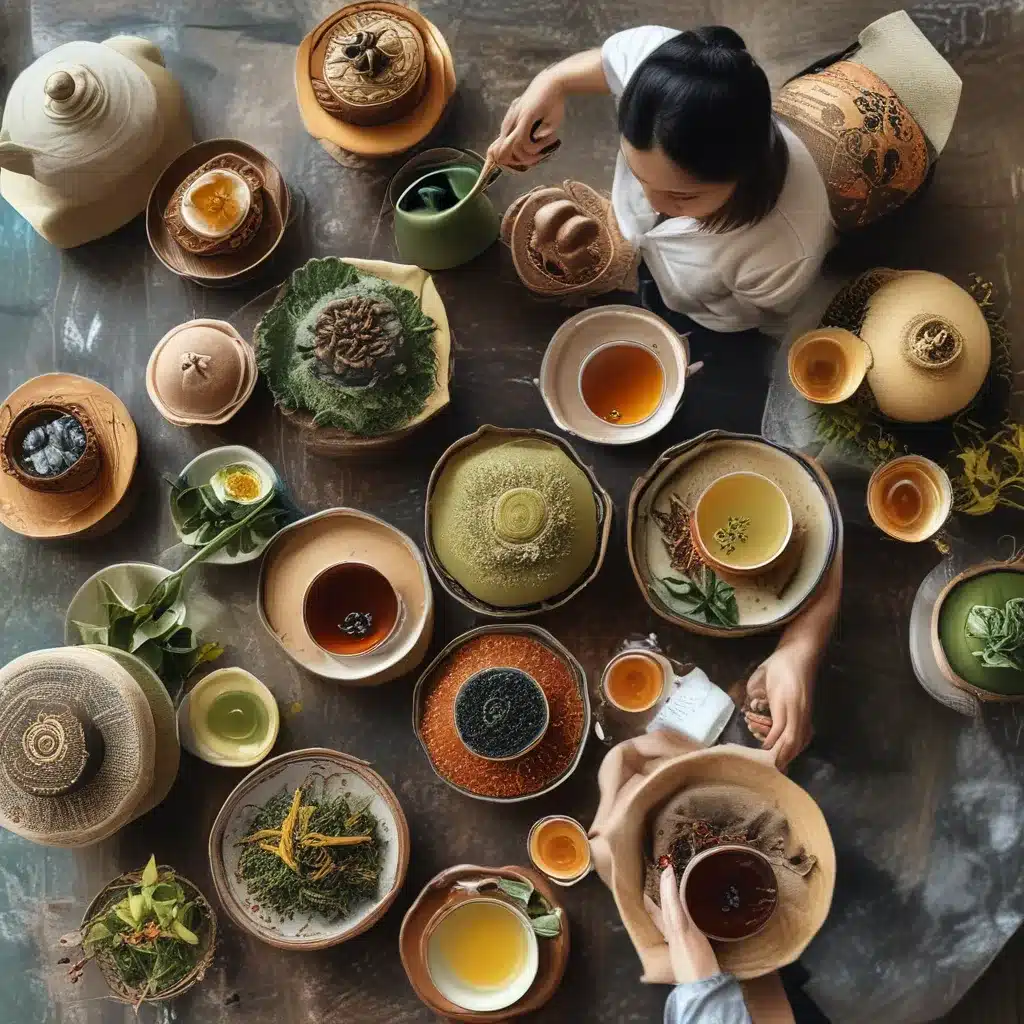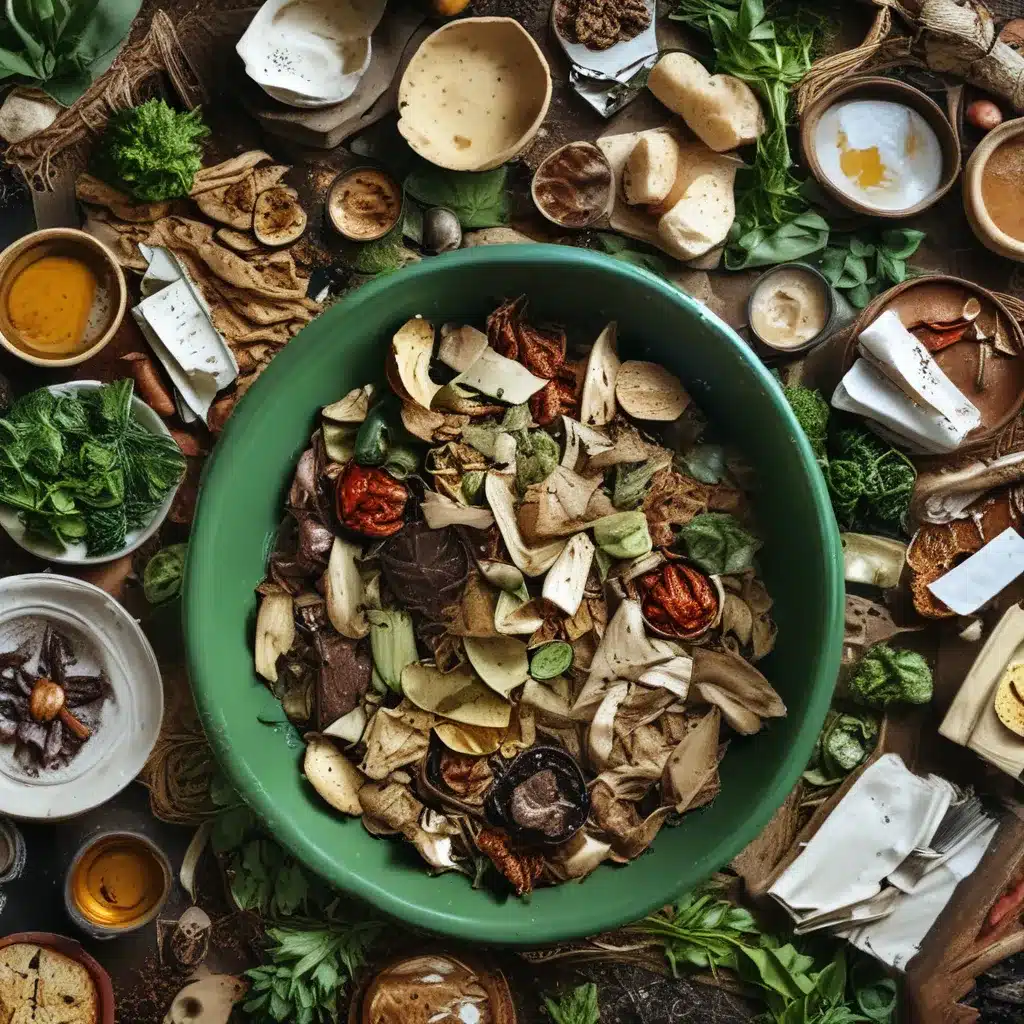
Slaying the Dragon’s Appetite for Waste
As the hostess at One Dragon Restaurant, I’ve seen my fair share of jaw-dropping moments. But the day our head chef, Ming, unveiled his latest initiative to reduce food waste? That takes the steam bun.
You see, our beloved establishment is no stranger to the voracious appetite of the dragon – both the mythical kind and the very real one that resides in our kitchen. Just like the legendary beast of old, our chefs have a knack for amassing a veritable hoard of ingredients, ready to be transformed into culinary masterpieces. But with great power comes great responsibility, and we realized it was time to get serious about slaying the dragon’s hunger for excess.
Confronting the Problem Head-On
As I learned from a recent deep dive into the world of restaurant sustainability, we’re not alone in our struggle. According to the Reddit discussion, the food service industry is notorious for generating mountains of waste, from spoiled ingredients to single-use plastics. And the numbers are staggering – the average restaurant racks up a whopping 100,000 pounds of waste per year!
But Ming wasn’t about to let that statistic hold us back. He gathered the entire kitchen crew and laid out the problem in all its grim glory. “Look, we’re as proud of our dragon-sized portions as the next place,” he admitted, “but we can’t keep feeding the beast at the expense of our planet. It’s time to get creative and greenify this hoard of ours.”
Reducing, Reusing, and Reimagining
With that rallying cry, Ming set out to transform our restaurant into a beacon of sustainability. First on the chopping block? Food waste. He pored over the LinkedIn article on the pitfalls of one-size-fits-all advice, determined to find solutions that fit our unique operations.
Instead of simply scaling back portion sizes (the horror!), Ming implemented a comprehensive food-tracking system. Each chef now meticulously logs ingredients used, leftovers generated, and potential uses for those scraps. That way, we can identify our biggest waste culprits and address them head-on.
But Ming didn’t stop there. He challenged the team to get creative with reusing and repurposing. Those wilting veggies? Into a savory stock. Leftover rice? Fried up into crispy nuggets. Even the dragon scales (okay, fine – chicken skins) found new life as a crunchy garnish.
Greening the Hoard
As the weeks went by, the kitchen transformed into a well-oiled, waste-reducing machine. Each day, Ming would gather the team for a “dragon’s hoard” review, marveling at the dwindling piles of byproducts and the steadily growing collection of upcycled creations.
“Look at this,” he’d say, holding aloft a jar of homemade hot sauce made from vegetable trimmings. “We’re not just saving money and cutting waste – we’re enhancing the guest experience, too.” And the numbers backed him up. Our food cost ratio dropped by a whopping 15%, and customers raved about the unexpected flavors and textures.
Embracing the Sustainability Mindset
But the real magic happened when the team embraced the sustainability mindset. Rather than seeing waste reduction as a chore, they began to view it as a creative challenge. The Reddit post about the disappointing dragon hoard in Dungeons & Dragons struck a chord, reminding us that true treasure isn’t always measured in gold.
“We’re not just saving the planet – we’re elevating our craft,” one of the line cooks, Mei, told me. “Who knew that a few carrot tops and onion peels could make such a delicious broth?” The team’s enthusiasm was infectious, and soon the entire restaurant was abuzz with eco-friendly ideas.
Spreading the Sustainability Spice
As the momentum built, Ming realized it was time to take our sustainability efforts to the next level. He started sharing our story with other restaurateurs in the city, hosting workshops and swapping tips on everything from sourcing local ingredients to composting food scraps.
“The way I see it,” Ming explained, “we’re all in this together. If we can inspire just a few other establishments to green their own dragon’s hoards, imagine the impact we could have!” And the response was overwhelming. Chefs from across Shanghai flocked to our door, eager to learn the secrets of our waste-busting ways.
A Sustainable Future, One Dish at a Time
So, as I welcome our guests and guide them through the menu, I can’t help but feel a sense of pride in what we’ve accomplished. What started as a simple initiative to curb our environmental impact has blossomed into a full-fledged sustainability revolution. And the best part? The dragon’s hoard has never looked greener.
Sure, we may not have the glittering piles of gold and jewels that you’d expect from a legendary beast’s treasure trove. But in their place, we’ve built something far more valuable: a restaurant that nourishes both our customers and our planet. And that, my friends, is the true mark of a culinary champion.

